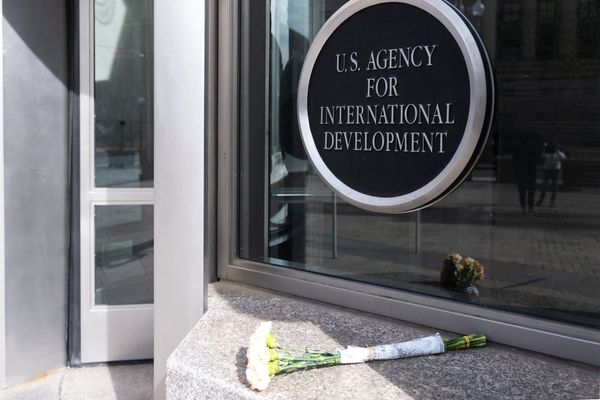
India aims to have a 200,000-km national highway network by FY25. This requires building 20,000 kms of national highways every year for the next three years. The target includes 34,800 km of Bharatamala highways to improve connectivity of national highways as well. The NHAI also aims to build greenfield expressways of about 8,000 km over the next three years. In her FY23 budget speech, finance minister Nirmala Sitharaman pledged to add 25,000 km to the national highway net-work in FY23. This, however, includes new construction, wide-ning works, and converting state highways into national highways.
What is the progress in highway building?
The pandemic year of FY21 was exceptional, with a record 13,327 km constructed at 37 km per day. This happened because road contractors got enough time to organize their work, aided by reduced road traffic due to lockdown conditions. However, construction fell over 20% to 10,457 km or just 29 km/day in FY22. Construction slowed further in FY23, with the pace falling 13% in the April-August period to just 2,912 km, slower than even the 3,355 km built during the peak of the second wave of the covid pandemic that resulted in large scale disruption in economic activity.

Why did road building slow despite rising infra activity?
Building new roads requires land acquisition, financial closure of contractors, and various clearances. According to road ministry officials, the major reasons for the slow progress are delays in land acquisition and the jump in land prices. Covid and the extended monsoon in FY22 dampened construction, and may hurt this year as well.
You might also like
Four top exits in a month shake Wipro
Nestle wants a bite of Yoga Bar
Author and fund manager Baid's lessons from bull market
What is likely on the road front this year?
India expects to build 12,000 km of highways in FY23, led by complex six- and eight-lane roads, and access control highways. Greenfield projects take long, but in terms of lane kilometres, the actual construction this year may cross the target. Construction may pick up after September as rains draw to a close. The road ministry has already asked NHAI to speed up work on existing projects, and road transport minister Nitin Gadkari has set a goal of 60 km of road building per day for the rest of FY23.
Where will all the funds come from?
The Centre has given the highest ever budgetary allocation to the road ministry for FY23. The allocation is up 52% from the revised estimates for FY22 to ₹1,99,108 crore. Of the total allocation to the ministry, the highest is for NHAI at ₹1,34,015 crore, up 67% from FY22. This is expected to give enough funds to NHAI, the prime builder of highways in the country, boost the pace of construction. NHAI is also looking to monetise about 1,700 km of highways in FY23 to raise additional funds.
Elsewhere in Mint
In Opinion, Montek Singh Ahluwalia warns it's a tough year for policymaking. Jaideep Mehta takes you inside the fictitious Falcon Bank to peek into future. Allison Schrager tells why pandemic economy will outlast the pandemic. Long Story profiles a fintech's search for a comeback.







